10 Classic Movies To Stream On HBO Max
You can currently stream classic movies like Gone with the Wind and The Graduate on HBO Max.
Although HBO Max is about ready to go through a rebrand on May 23, lopping off the “HBO” portion to simply call themselves “Max”, the one change customers will not be seeing is “Max’s” ability to deliver classic movies. It is a note they will continue to hit and hit well. Now, “classic” by our definition, are films that come well before 1970, with some that reach back as far as the 1930s. Here are 10 classic movies to stream on HBO Max, soon to be Max.
10. Who’s Afraid of Virginia Woolf? (1966)

Richard Burton and Elizabeth Taylor, for those of you uninformed, were at one time Hollywood royalty. They married each other twice, both times ending in divorce, and many times their relationship was tumultuous at best. So when they paired up for Who’s Afraid of Virginia Woolf? it was like they were filming their real-life struggles.
This classic movie follows a bitter and dysfunctional married couple, ill-tempered Martha (Taylor) and George (Burton), an alcoholic college professor who decide that at a party they are throwing for a young married couple (George Segal and Sandy Dennis), that they are going to air all of their dirty laundry. The film is a brilliant study of marriage and how two people can grow so far apart yet still exist.
9. The Maltese Falcon (1941)
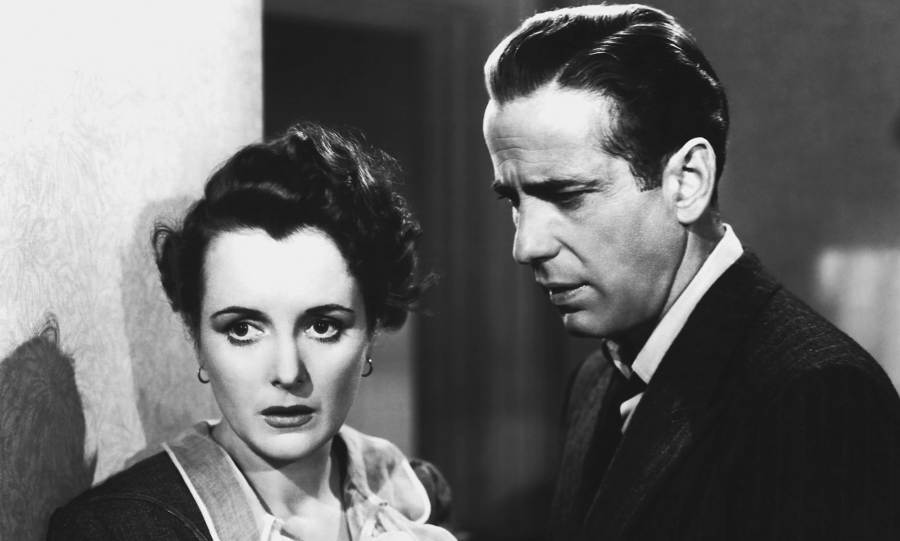
Legendary director John Huston made his directorial debut with The Maltese Falcon, a film that introduces Humphrey Bogart as private eye Sam Spade. This classic movie also stars Mary Astor, Peter Lorre, and Sydney Greenstreet.
The story follows Spade, who sets up shop in San Francisco and finds himself caught in between three morally bankrupt individuals, all of who are searching for the priceless Maltese Falcon statue. The film only solidified Bogart’s status as a leading man in Hollywood, but it also gave stock to Huston as a director and writer as he penned the script. Bogart and Huston would team up for more classic movies that include The Treasure of the Sierra Madre and The African Queen.
8. A Streetcar Named Desire (1951)
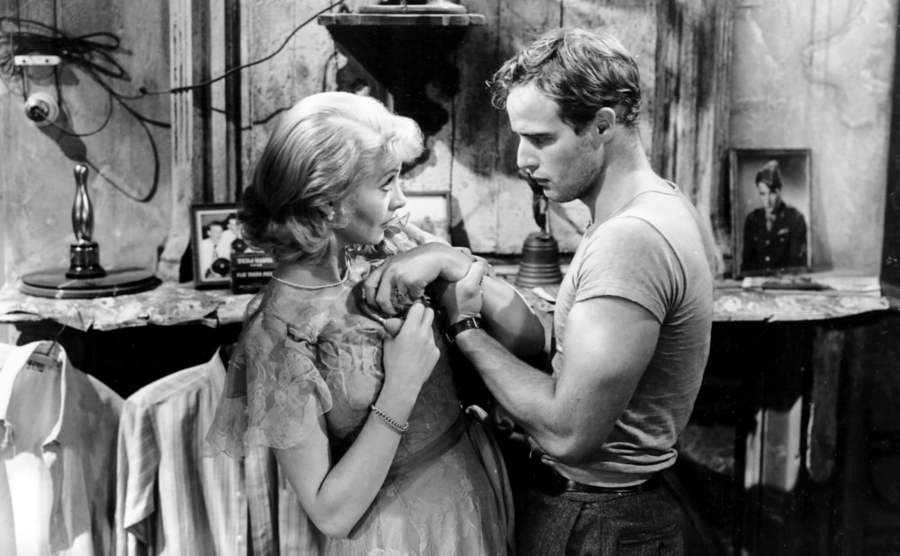
A Streetcar Named Desire was first a 1947 play written by the great Tennessee Williams before Marlon Brando turned it into a star-making vehicle for himself and a classic movie to boot. The film was directed by Elia Kazan and also starred Vivien Leigh, Kim Hunter, and Karl Malden.
The story follows Leigh’s Blanche DuBois, a high school English teacher who has run into hard times. To get past them, she takes that streetcar, “Desire,” to the French Quarter in New Orleans, where she wants to recover by living with her sister Stella (Hunter) and her husband, Stanley Kowalski (Brando). It is like mixing water with oil where Blanche and Stanley are concerned, and it resulted in one of the finest classic films on record.
7. North by Northwest (1959)
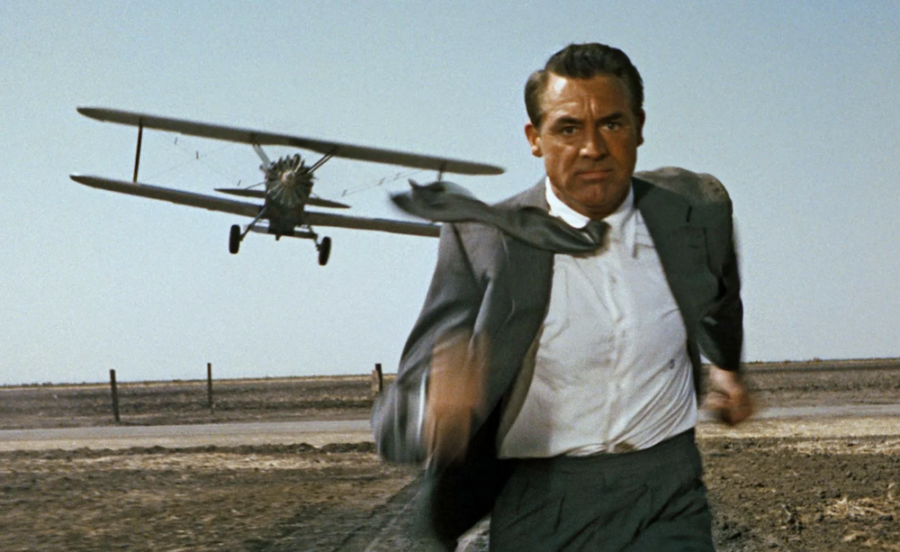
Alfred Hitchcock sure knew how to deliver the goods. In North by Northwest, he does it again by bringing out the suspense in a mistaken identity film starring Cary Grant, Eva Marie Saint, and James Mason. The mistaken identity begins with Roger Thornbill (Grant) sitting in a hotel restaurant when the name George Kaplan is paged by a waiter. Thornbill inadvertently raises his hand at the same time, and two thugs, who presume Thornbill is Kaplan, kidnap him and take him to the estate of Lester Townsend.
From there, Hitchcock cleverly puts Grant through the ringer time and again. He tries to convince the thugs that he is, in fact, not the man they think he is and after escaping, finds himself on the run. His cross-country trek finds him in the arms of Eve Kendall (Marie Saint), who unfortunately gets involved with Thornbill and the government agents who are in hot pursuit.
6. The Graduate (1967)
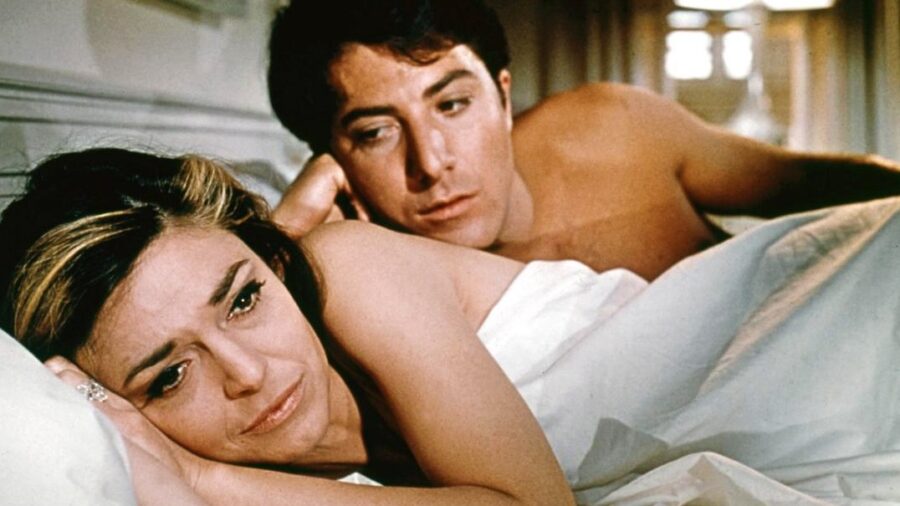
Dustin Hoffman became a movie star in Mike Nichols’s 1967 classic film, The Graduate, a story about Benjamin Braddock, a recent college graduate with no direction in life, who begins an affair with a middle-aged married woman, Mrs. Robinson (Anne Bancroft). If that is not enough of a pickle for Benjamin to get into, he eventually falls for Mrs. Robinson’s daughter Elaine (Katharine Ross).
While The Graduate is a classic in every sense of the word, it is also known to have boosted the careers of Simon & Garfunkel, a folk-rock duo who put together a number of original songs for the film, including Mrs. Robinson. The film is also well known for its seduction scene, where Mrs. Robinson first makes her pass at Benjamin. Although the cuts were quick, they did lead to some controversy as nudity in 1967 films was rarely seen.
5. Singin’ in the Rain (1952)
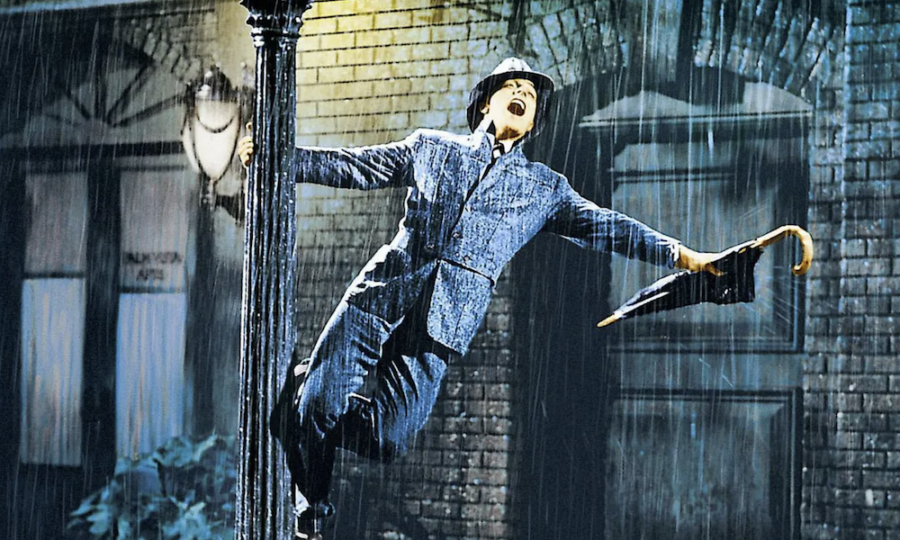
If you are a fan of musicals, then this classic movie is one to watch. Gene Kelly co-directed Singin’ in the Rain alongside Stanley Donen and he also stars as Don Lockwood, a silent film movie star in the 1920s who is finding it difficult to adjust to the advent of talkies.
Donald O’Connor and Debbie Reynolds also starred in the musical as two of Stanley’s movie star friends who are, like him, having difficulty adjusting to sound in movies. The film offers a very light-hearted look at Hollywood in the ‘20s and includes a number of wonderfully choreographed musical numbers, including the show-stopping Gene Kelly number where he is literally singing and dancing in the rain.
4. The Wizard of Oz (1939)
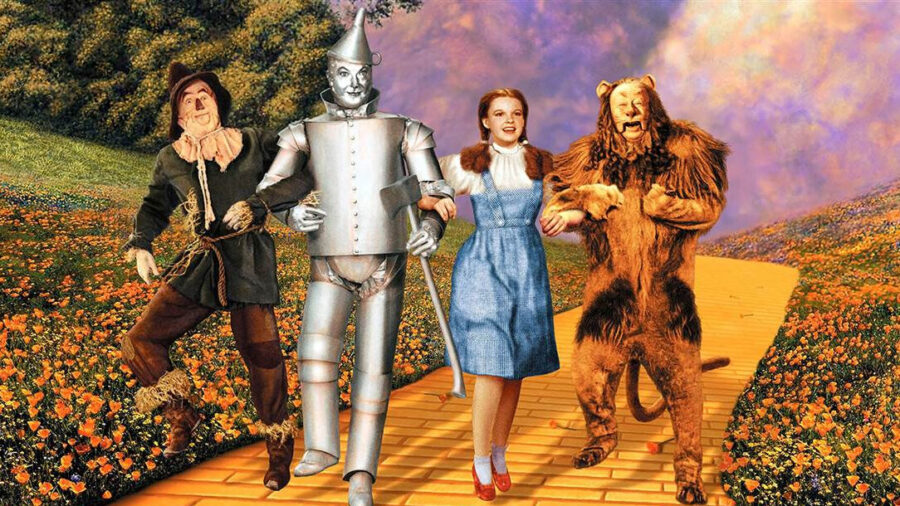
This could be considered the musical of all musicals, or at least the one film that started it all. The Wizard of Oz is one of those classic movies that you can’t get tired of. It was produced in 1939, and its big spectacle set pieces were amazing for the time it was made. The film features a black-and-white introduction, turning into color as we get to Oz.
Judy Garland stars as Dorothy, the young girl who is transported to Oz by way of a tornado. When the house drops on the Wicked Witch of the East, her sister, the Wicked Witch of the West vows to destroy Dorothy and her little dog too. Poor Toto. Dorothy now must follow the yellow brick road to get help from the mysterious Wizard, and along the way, she gets help from Scarecrow, the Tin Man, and the Cowardly Lion. This is classic cinema at its best.
3. Gone with the Wind (1939)
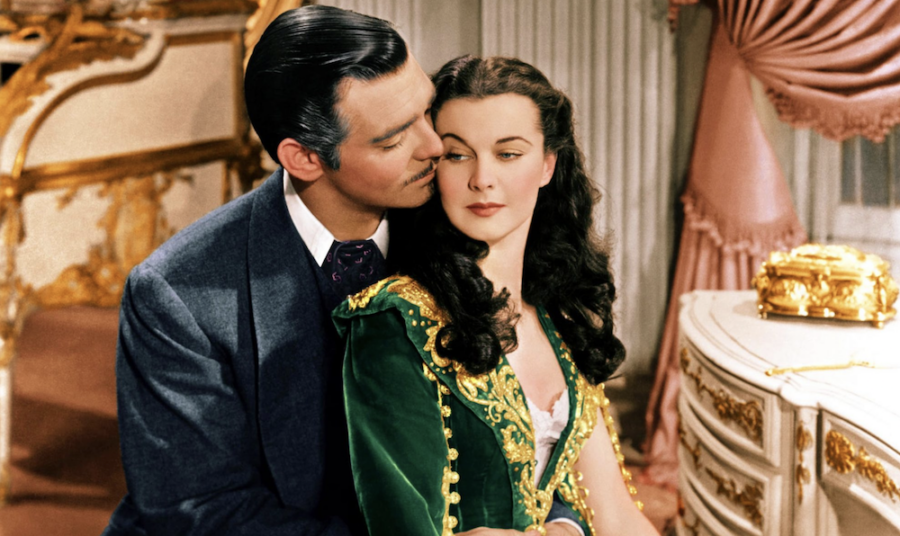
Clark Gable and Vivien Leigh literally burned up the screen as Rhett Butler and Scarlett O’Hara in the 1939 classic movie, Gone with the Wind. The film tells the story of Scarlett, the daughter of a plantation owner, who finds love and loss during the American Civil War.
Scarlett O’Hara has one thing on her mind and that is Ashley Wilkes (Leslie Howard). The problem with that, though, is Wilkes is married to his own cousin, Melanie Hamilton (Olivia de Havilland). During her pursuit, Wilkes turns her down, but she gains the attention of another man, Rhett Butler. The Civil War dominates as lives are lost. Through it all, Scarlett begins to find love for Rhett, though ultimately, he simply doesn’t give a damn.
2. Casablanca (1942)
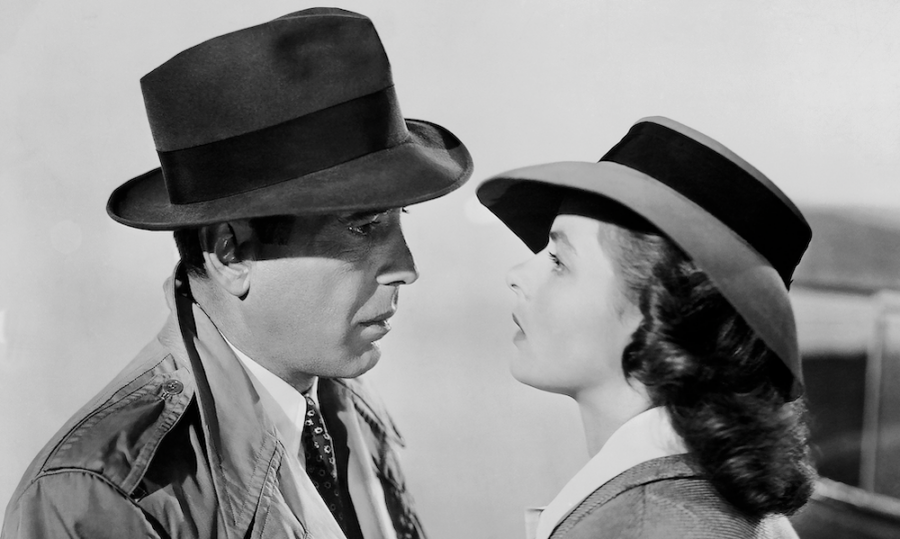
Humphrey Bogart was the man in Hollywood. Time after time, he filled the big screen with his presence in classic movies and Casablanca is no exception. Bogart delivers a number of classic lines in the film as Rick Blaine, an American living in Casablanca, running a “gin joint” and being pulled into World War II when his long-lost love walks back into his life.
Ingrid Bergman plays Rick’s former lover Ilsa Lund, and with her, she brings trouble in the form of her husband, Victor Laszlo (Paul Henreid). Laszlo is the leader of the Czechoslovak Resistance and a fugitive who is looking to Rick for some help. Rick is hesitant but eventually becomes involved. Casablanca is one of Bogart’s many classic movies that are a must-see.
1. Citizen Kane (1941)
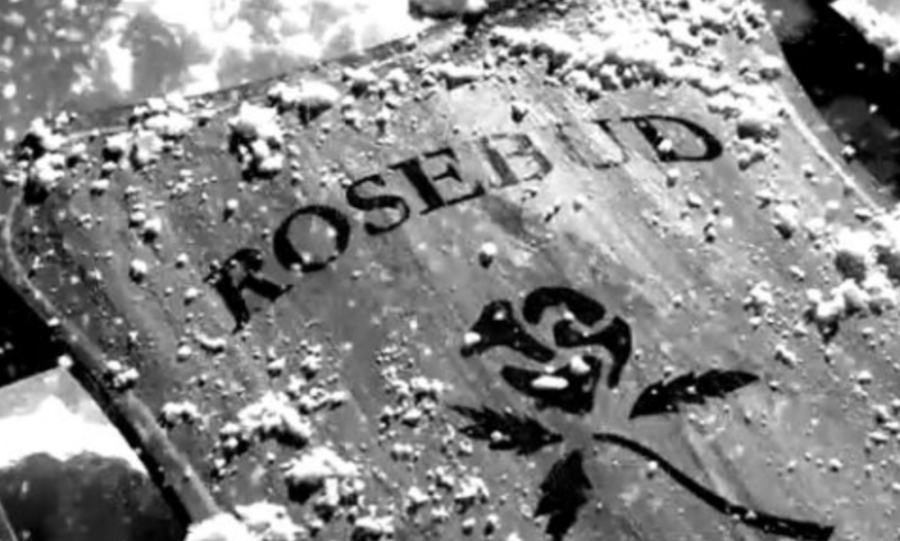
In many camps, Citizen Kane is considered to be not only a great classic movie but THE best film of all time. The film begins with Orson Welles uttering the word, “Rosebud” while dying and then proceeds to tell the life and legacy story of Charles Foster Kane (Welles).
The story becomes a flashback to Kane’s life as news reporter Jerry Thompson delves into Kane’s past by talking with friends and family of the wealthy newspaper publisher. The character of Kane was based on the real-life newspaper magnate, William Randolph Hearst, who was an enemy of Welles in real life. Their relationship was so tainted that when the film was released, Hearst forbade anyone from mentioning the film in any of his newspapers. The movie is a true classic.












